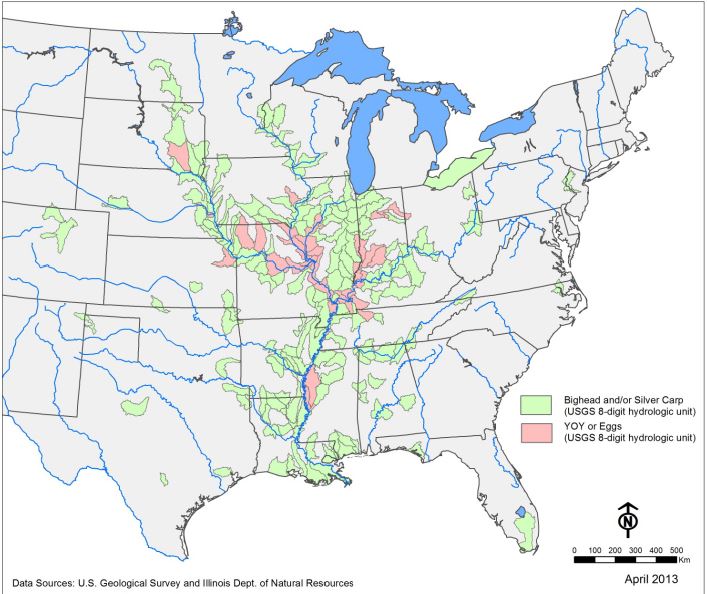 “Asian carp have harmed the ecosystem, the economy, property, and boaters in the Mississippi River system. The diet of Asian carp overlaps with the diet of native fishes in the Mississippi and Illinois Rivers, meaning the carp compete directly with native fish for food,” says the Asian Carp Regional Coordinating Committee website.
“Asian carp have harmed the ecosystem, the economy, property, and boaters in the Mississippi River system. The diet of Asian carp overlaps with the diet of native fishes in the Mississippi and Illinois Rivers, meaning the carp compete directly with native fish for food,” says the Asian Carp Regional Coordinating Committee website.
That website, and other information on Asian carp, emphasize the danger to humans from the carp. The carp are large and jump as high as 10 feet out of the water when startled. Since passing boats startle the fish, they injure boaters.
The focus has been on keeping Asian carp, a term that includes both bighead carp and silver carp out of the Great Lakes, which already has enough invasive species, thank you, and where the carp are expected to do horrible things to the food chain.
This week, however, the bad news is that Asian carp have spread farther north in the Mississippi River. Their eggs have been found as far north as Lynxville, Wisc.
“This discovery means that Asian carp spawned much farther north in the Mississippi than previously recorded,” said Leon Carl, US Geological Survey Midwest Regional Director in a USGS press release. “The presence of eggs in the samples indicates that spawning occurred, but we do not know if eggs hatched and survived or whether future spawning events would result in live fish.”
Read the USGS press release with all the details, here.
Read an article in the Milwaukee Journal-Sentinel, based mostly on the press release here.
Another article, in the Minneapolis Star-Tribune, also leans heavily on the press release. Read it here.
Map: Asian carp distribution, as of April 2013. Map courtesy of Asian Carp Regional Coordinating Committee
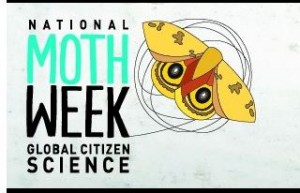 National Moth Week is July 19 – 27. While most state wildlife departments struggle to include invertebrates of any kind in their program, if you are looking for educational opportunities, this one is as worthy as any. The week was founded and promoted by Friends of the East Brunswick Environmental Commission (and, yes, that’s in New Jersey).
National Moth Week is July 19 – 27. While most state wildlife departments struggle to include invertebrates of any kind in their program, if you are looking for educational opportunities, this one is as worthy as any. The week was founded and promoted by Friends of the East Brunswick Environmental Commission (and, yes, that’s in New Jersey).
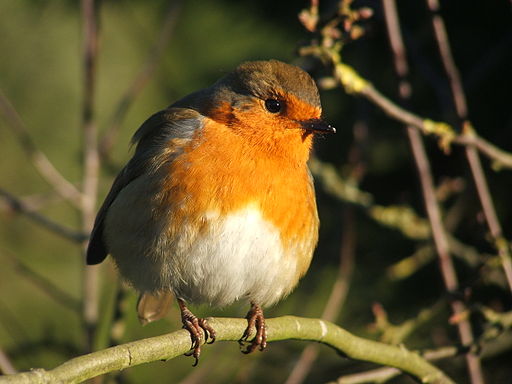
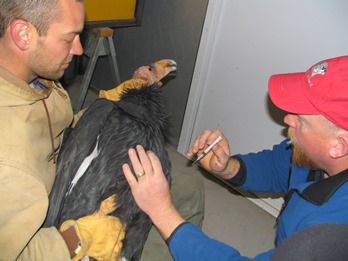 It’s been a good year for lead levels in condors in Arizona and Utah. While last year saw the second worst levels on record, this year saw the lowest level in a decade, says a
It’s been a good year for lead levels in condors in Arizona and Utah. While last year saw the second worst levels on record, this year saw the lowest level in a decade, says a 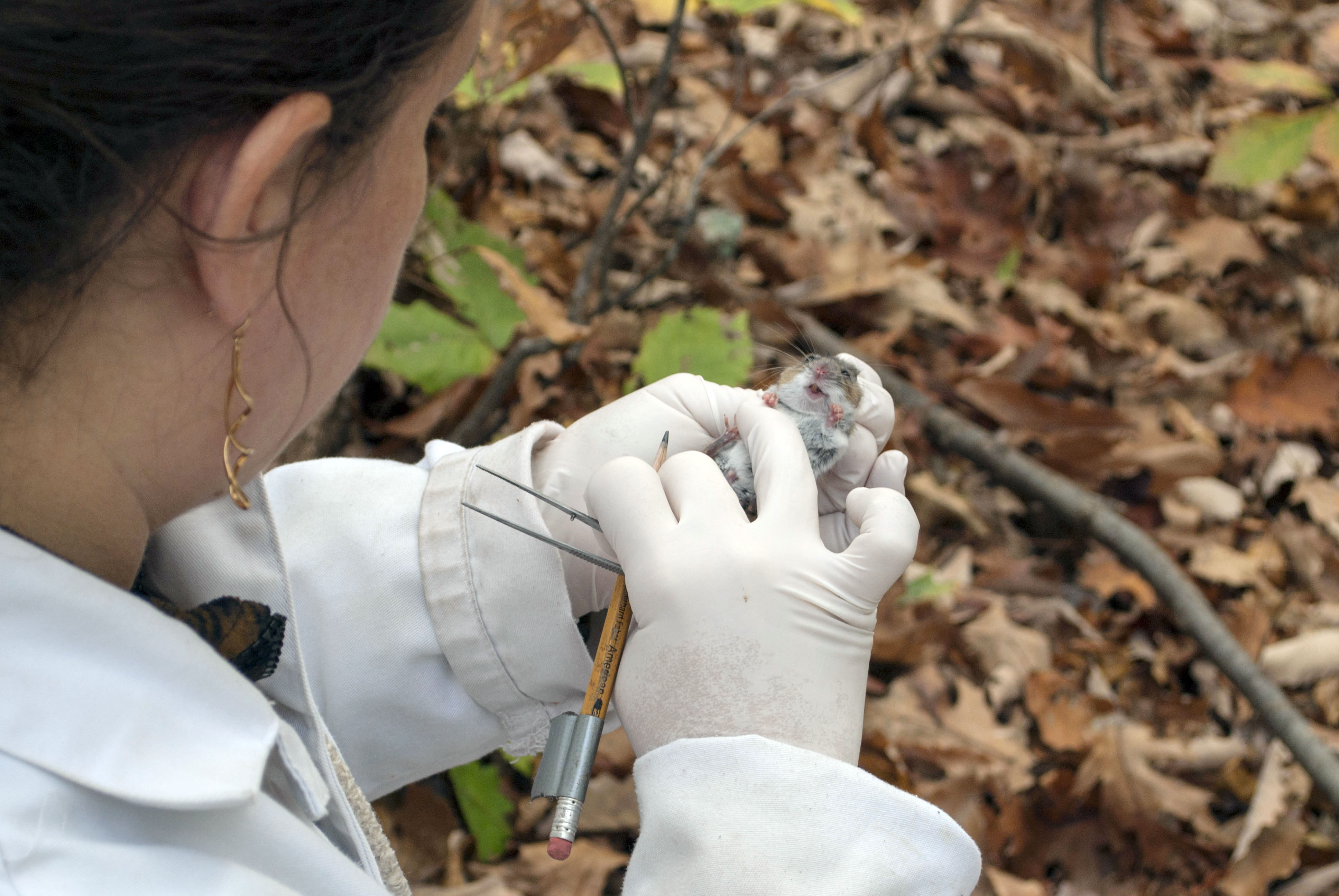 The ticks that carry Lyme disease, black-legged ticks or deer ticks, do not appear to harm their white-footed mice hosts, a paper in press in the journal Ecology says. In fact, the research found, a larger tick load correlated with a longer life in male mice.
The ticks that carry Lyme disease, black-legged ticks or deer ticks, do not appear to harm their white-footed mice hosts, a paper in press in the journal Ecology says. In fact, the research found, a larger tick load correlated with a longer life in male mice. “The Idaho Department of Fish and Game will conduct lethal control actions on ravens in three study areas in southern Idaho beginning this spring, and evaluate whether the removal improves sage-grouse populations,”
“The Idaho Department of Fish and Game will conduct lethal control actions on ravens in three study areas in southern Idaho beginning this spring, and evaluate whether the removal improves sage-grouse populations,” 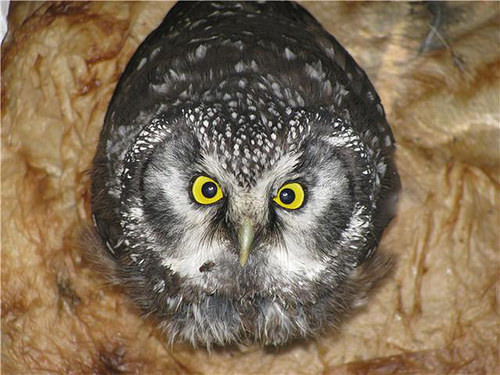 A vault toilet is a more or less a permanent porta-potty, used in places without running water. Many state and federal agencies are fond of them. I’m fairly certain that I’ve used one in a National Forest recently.
A vault toilet is a more or less a permanent porta-potty, used in places without running water. Many state and federal agencies are fond of them. I’m fairly certain that I’ve used one in a National Forest recently.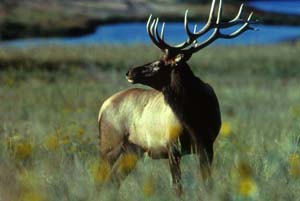 In February, the Nebraska Game and Parks Commission collared 11 elk for a study in north-central Nebraska. There are a few more details in this
In February, the Nebraska Game and Parks Commission collared 11 elk for a study in north-central Nebraska. There are a few more details in this “Asian carp have harmed the ecosystem, the economy, property, and boaters in the Mississippi River system. The diet of Asian carp overlaps with the diet of native fishes in the Mississippi and Illinois Rivers, meaning the carp compete directly with native fish for food,” says
“Asian carp have harmed the ecosystem, the economy, property, and boaters in the Mississippi River system. The diet of Asian carp overlaps with the diet of native fishes in the Mississippi and Illinois Rivers, meaning the carp compete directly with native fish for food,” says What is an Eastern coyote? One theory holds that it is a wolf-coyote hybrid formed when Midwestern coyotes crossed through Canada and mated with Eastern wolves.
What is an Eastern coyote? One theory holds that it is a wolf-coyote hybrid formed when Midwestern coyotes crossed through Canada and mated with Eastern wolves.